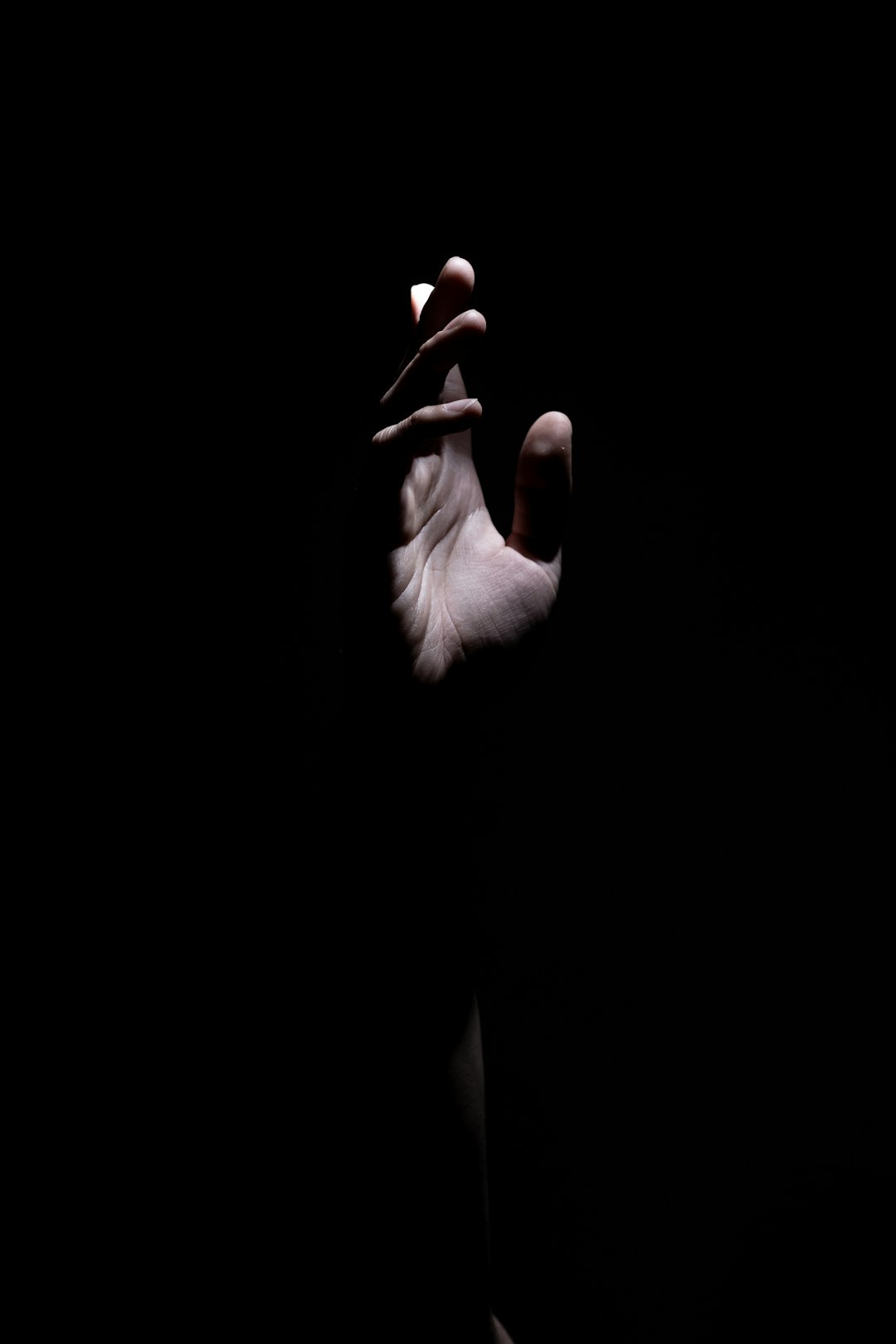
Who is We?
Please consider this:
You are riding a subway car, and a busker enters. They are both us (straphanger) and them (artist) –their performance distancing them from the average joe neckbone on their way somewhere. At what point do riders-spectators become we? At which point does the busker return to us?
Please consider this, also:
You are riding a subway car, and a person enters having a loud, and perhaps frightening mental health episode. Who do they represent when you are being asked to help them? Who is we? Who is they? When does death become the performance on the subway? When are we no longer ours?
-
Sometimes when playing spades (back when I used to be good at the card game), while keeping score we’d split the teams into two columns with two rows, and on that top row alliances were formed: US | THEM. Whoever kept the score was us, and it was always up to us to make sure their accounting was accurate. It was funny, still is now, to think about this delineation made in a game. I always wondered if it was the ease of not having to name your team, that drew us to this choice, that it was something more clever, more stylish than perhaps a “Team A.” and ‘Team B,” kind of thing. My youthful hands belonging to the deck, the table, my teammate, and to our opponents, unless of course of one of us reneged, or cut the other’s book.
Growing up in public housing in the Alphabet City of the 1990s and 2000s, there was a sharp demarcation between the us and the them. This was framed by the culture of protecting children and for keeping us safe. It was internal and did not extend – at least in terms of this conversation—to outside of our community. This imagined boarder existed in the minds of our caretakers — Black-Woman-Mother-Working-Poor —whose desires for class ascension weren’t as much about leaving people of our shared struggle behind, but more about joining others elsewhere – with more to go around, and less to worry about. Yet, this them, was/is us.
We inhabit city/federal housing, the State attends to our medical needs, and our educations, and for some provided us with food. Yet, those of us who could circumnavigate our dependency on these vital services, made sure to cast the distinction on to our lives as different from theirs.
They only pay X-amount in rent.
They send their kids to Catholic school.
They get food stamps.
We are different.
None of us though, were/are really moving further away from the State. None of us are any safer than the other. The New York City we live in now has made life for us even more precarious with rising rents, diminished quality of healthcare services; due in part to public defunding and the strain from the COVID-19 pandemic, and increased policing (with more white and non-Black civilians self-deputizing).
The plights of us, we, them, theirs, ours, mine, yours, were/still are negotiations that we have to figure out, most of us having to do so in the earliest days of our lives.
Who am I addressing? I must ask, who are you?
These last few days I’ve been reading Christina Sharpe’s Ordinary Notes, Sharpe’s latest hybrid nonfiction release. Among many things it has moved me to consider the use of some pronouns in direct addresses. To contemplate who is being considered but also who is being addressed. Specifically, in the context of racialized violence. What is obscured on purpose, and what is left opaque because of a lack of consideration?
Since Ordinary Notes was released [at the time of this post] on April 25th, 2023, four people have been killed by the NYPD, since we are 4.8 times more likely to be killed by the Po-po, it’s likely they were Black.[1]
Us?
These State supervised deaths contributed to the 32 overall murders that month.[2]
Them?
In that same month, seven Black people were [reported] victims of hate crimes (up a staggering 133% from last year).
Ours?
And then on the first day of May, a man was murdered by a proxy of both State (the murderer’s father is a high-ranking state-cop) and Imperial forces (the murderer is a former Marine). The statistics for the number of arrests in April 2023 reveal a 10.5% increase compared overall to last year – a trend I don’t suspect will decline by the close of this month.[3] Will Daniel Penny, the latest white man-murderer responsible for the cruel death of Black subway performer Jordan Neely, be added to that index? How will the murder of Jordan Neely be categorized, when the May NYPD report is released in June?
--
I find it difficult to put into words the emotional quandaries we are forced to face, how ordinary scenes in our American lives can transform into great tragedy. How do great tragedies then become ordinary scenes, that are captured, posted, viewed?
Whilst pondering protest, how many of us will have to consider “the murder of another Black person?” What will we do to galvanize us to move towards active and critical resistance here in the belly of the beast? Other than death? Aside from when we witness the spectacle of negrocide?
Who is we?
[1] https://mappingpoliceviolence.org
[2] https://www.nyc.gov/site/nypd/news/p00080/nypd-citywide-crime-statistics-april-2023
[3] https://www.nyc.gov/site/nypd/news/p00050/nypd-citywide-crime-statistics-may-2022




Deep thought provoking. 👏🏽
Thank you. Language can be so brutally revealing - I'm going to pay attention to when I think 'us' or 'them' in different contexts this week. Reading your piece has made me feel more 'us' with everyone 🙏🏻